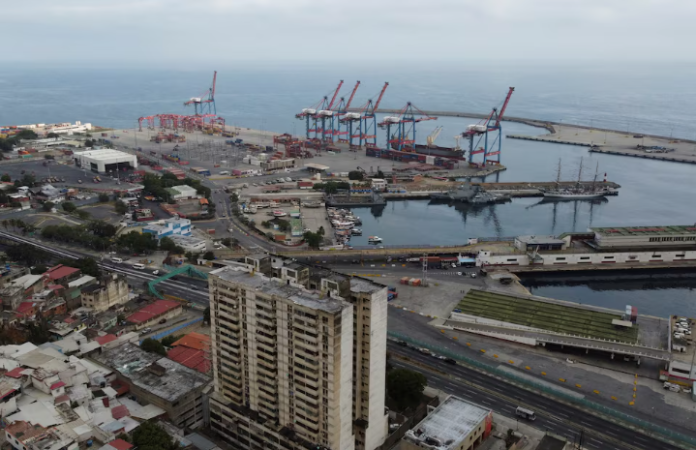In a covert operation spanning nearly a year, oil traders have rebranded over $1.2 billion worth of Venezuelan crude oil as Brazilian exports to ship it directly to China. This shady workaround helps buyers dodge U.S. sanctions while reducing shipping costs and easing access to bank financing, according to shipping data, insider sources, and tanker tracking firms.
At the heart of this deception lies Venezuela’s heavy crude, Merey 16, typically sold to Chinese independent refiners through intermediaries. Since 2019, Washington has enforced sanctions on Venezuelan energy exports in a bid to restrict the oil income funding President Nicolás Maduro’s government. But instead of deterring trade, sanctions have simply forced it into more clandestine waters.
How the Smuggling Works
Traditionally, to disguise the oil’s origin, traders transferred crude between ships in international waters, often around Malaysia. But since mid-2024, a bolder strategy has emerged: labeling Venezuelan oil as “bitumen blend” from Brazil—a country that doesn’t even export this product.
Using a technique called “spoofing,” vessels manipulate their GPS signals to appear as if they’re departing from Brazilian ports when they are, in fact, loading in Venezuela. This deceit allows ships to bypass stopovers in Malaysia, trimming the journey to China by about four days.
For instance, the Liberia-flagged tanker Karina, operating under the alias Katelyn, loaded 1.8 million barrels of Merey crude in Venezuela in February 2025. It spoofed its location, creating the illusion it departed Brazil, and later discharged its cargo in China’s Yangpu port in April.
Despite Brazilian oil company Petrobras confirming it rarely exports bitumen blends and that its primary crude exports come from offshore “pre-salt” fields, Chinese customs reported importing 67,000 barrels per day of “Brazilian” bitumen blend between July 2024 and March 2025.
Why Traders Do It
This rebranding has financial perks beyond just shorter shipping routes. Labeling the oil as Brazilian makes it easier to secure trade financing from banks, reducing the burden of floating capital across two-month voyages.

According to one trader, “The savings on freight aren’t huge, but the ability to get financing on paper that looks less risky is a big win.”
Venezuela exported 351,000 barrels per day to China in 2024, with that number rising to 463,000 bpd in the first four months of 2025. Despite being Venezuela’s top oil buyer, China rarely lists these imports as Venezuelan. Instead, most cargoes are declared as originating from Malaysia or Brazil, adding further cover to a trade born out of necessity and ingenuity.
No Official Comment
Neither China’s customs agency, PDVSA, Venezuela’s oil ministry, nor Brazil’s government responded to requests for comment. Meanwhile, Hangzhou Energy—a key intermediary in this scheme—has yet to surface publicly despite appearing in PDVSA documentation since 2021.
While governments grapple with the implications, one thing is clear: sanctions may slow trade, but they rarely stop it. With millions at stake and growing demand in Asia, the global oil underworld continues to adapt in surprising ways.



